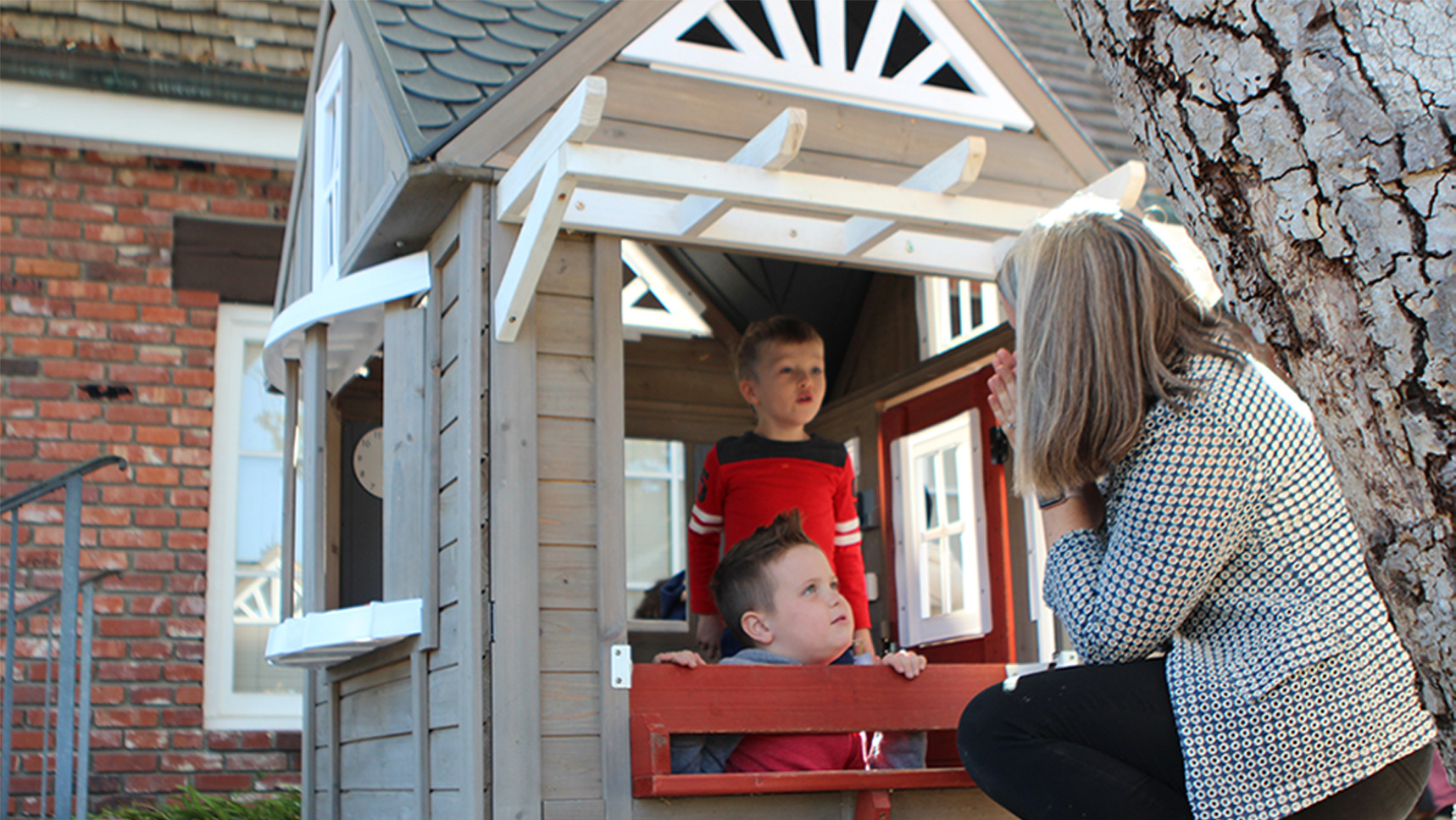What is the Autism Partnership Method™?
AP Method™ is a high quality treatment approach for ASD. It is based on 60 years of research and effective clinical practice. In contrast to conventional ABA, the AP Method™ is a highly flexible, yet systematic and compassionate approach meeting the individual needs of people with ASD.
How is it different from Conventional ABA?
AP Method™ provides comprehensive treatment dealing with all areas of learning, including social skills, communication, play, and independent living, while addressing behaviors that interfere with learning. In contrast, Conventional ABA is more limited in its scope and doesn’t address the whole person.

“AP is a compassionate, happy place, unlike other autism centers that are often cold and purely clinical. At AP, you can tell the therapists love what they do. When you enter, you hear children laugh, having fun, being kids. It’s a marriage of intensive, clinical treatment with compassion and fun. They’re so much positivity. It shouldn’t require moving mountains to get this kind of care. The state of affairs of standard care is awful. After seeing what good care involves and can accomplish for these kids, we feel this is a critical issue—we must make this the mainstream, rather than the exception.”
~Arun Gupta, APF Board Member Founder, CEO, and Executive Chairman of Quartet

AP Method™ isn’t a cookie cutter approach. It doesn’t follow a set recipe. It recognizes that a child, and thus the treatment, changes moment to moment.
AP Method™ provides intervention in multiple settings, so that treatment gains can transfer to the home, school, playground, store, work, and the community.

Staff training and ongoing staff support is integral to the AP Method™. Conventional ABA training is often time-based, ~40 hours total, check the box, and you’re done, “ready” to treat a child with a complex disorder. AP Method™ training is performance based – it’s not about how many hours, but when you attain the necessary skills. No less rigorous or precise than the training regimens of surgeons or civil engineers.




